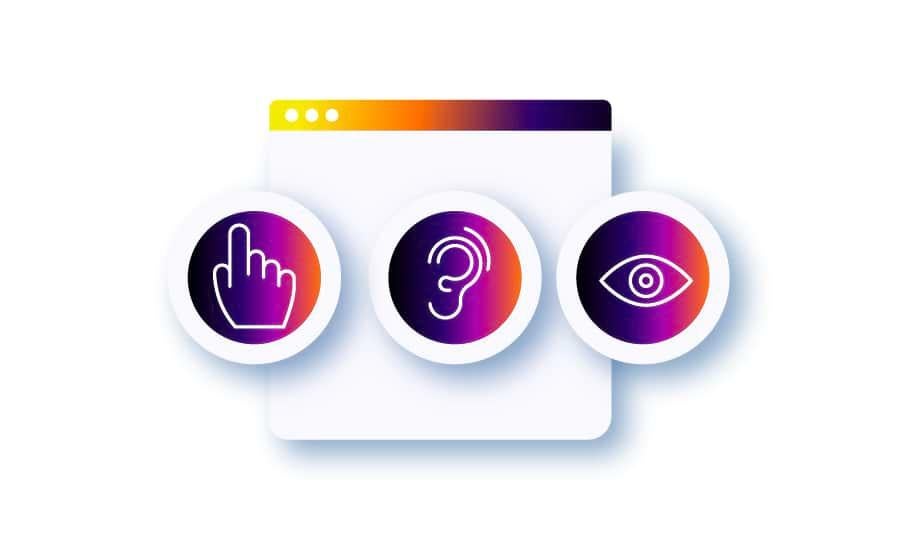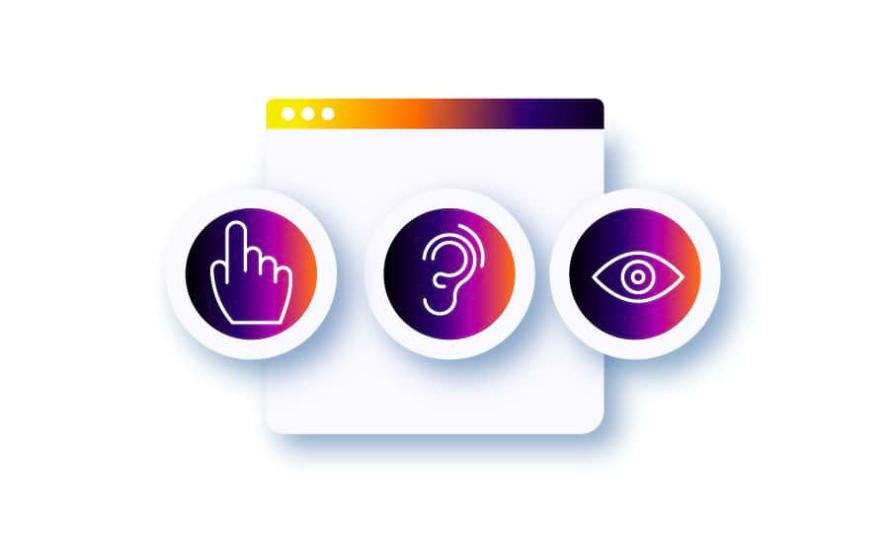Accessibility Matters: A Close Look at the DOJ's New Rule
Image

If you've been keeping up with the discussions on digital accessibility, you know there's been a lot of confusion surrounding the Americans with Disabilities Act (ADA). But that's about to change.
On Monday, April 8, 2024, the Attorney General signed a final rule on digital accessibility for government agencies covered by the ADA's Title II. This rule makes it mandatory for state and local government services to meet accessibility standards so that their services are accessible to disabled individuals.
If you're unsure about your organization's compliance or the required standards, you’re not alone. Let's explore the implications of this new rule, the institutions it affects, and how you can work to achieve compliance.
What does the new regulation really mean?
In the beginning, ADA compliance primarily revolved around ensuring physical spaces were accessible, with features like wheelchair-friendly entrances, braille signage, and hearing aid compatible phones. However, with the shift to online government services, ADA compliance has evolved to include digital platforms. This means incorporating adaptations like alternative text for images, audio and video captions, and keyboard-enabled navigation.
Image

The Department of Justice (DOJ) is updating the ADA Title II to address the growing use of digital platforms by local and state governments to provide services to constituents. Digitalization has created barriers for individuals with disabilities, making accessibility standards more important than ever. Complaints about digital accessibility have increased, highlighting the need for clear instructions on ADA compliance. The new rules will establish clear technical standards.
The updates adopt the Web Content Accessibility Guidelines (WCAG), Version 2.1, Levels A and AA and apply to websites, apps, digital documents and media content of state, local, and special district governments. The rule also extends to content on social platforms. Some content types, like archived web-based materials, are offered exceptions to the WCAG standards.
A few examples of inaccessible digital experiences:
- Poor color contrast.
- Use of color alone to give information.
- Lack of text alternatives ("alt text") on images.
- No captions on videos.
- Inaccessible online forms:
- Lack of labels that screen readers can convey.
- Unclear instructions.
- Missing or incorrect error indicators.
- Mouse-only navigation (lack of keyboard navigation).
What’s the compliance timeframe and how will it be enforced?
The new rule will be put into action two to three years from now. The exact deadline will depend on the entity's size—larger governments (over 50,000 population size) get two years, while smaller ones (under 50,000) and special district governments get three years after the rule's publication. Alternate methods, like accessible versions of content, can be used where the WCAG guidelines can't be strictly or legally followed.
The regulation allows for deviations from strict WCAG standards under select circumstances, like when strict compliance causes a major burden or affects the quality of a digital service. In some cases, content that doesn't fully comply with WCAG can still meet the DOJ rule’s requirements as long as it has a “minimum impact on access” and can be used effectively by individuals with disabilities. For content that cannot technically or legally follow the WCAG guidelines, the rules allow alternative, accessible versions of the content.
Who will be most impacted?
The new rules apply to state and local government and public agencies, organizations, services, and entities contracted to run their programs (like public educational institutions, public hospitals, state and local courts, and libraries). Companies selling technology, such as learning platforms, to these organizations should also make sure their products are accessible. Even though the ADA's new rules do not apply to sellers directly, the public entities purchasing their technology must comply. Vendors have to meet the web accessibility criteria to maintain their market competitiveness.
The changes to the ADA Title II could probably pave the way for similar updates to the ADA Title III, which governs private businesses as "public accommodations." The DOJ's past assertion — which is backed by numerous US court rulings — that the term "public accommodations" includes company websites and e-commerce platforms sets a strong precedent for this.
How will the changes be enforced?
The DOJ will continue managing the enforcement of the ADA's updated regulations with methods including federal court lawsuits, administrative actions, or settlement agreements with noncompliant entities.
How should state and local governments work to achieve accessibility?
Unfortunately, the ruling doesn’t provide a specific plan for testing or revising, but it underscores that digital experiences need to adhere to the WCAG 2.1 web accessibility standards.
A few quick tips:
- Use a combination of automated and manual assessments with assistive technologies, coupled with feedback from disabled individuals—an approach echoed by the DOJ's new rules.
- Invest in tools and training for integrated digital accessibility across all digital content creation efforts, including user experience and interface design.
- Maintain an accessible content management system to track progress and status.
Let’s make the web accessible together
In light of this regulatory change, we are excited to share that Pantheon has successfully completed an independent evaluation of our platform's accessibility features. This rigorous assessment, conducted in accordance with the WCAG 2.1 AA standards, underscores our ongoing commitment to inclusivity.
Our dedication to accessibility is deeply ingrained in our core values of diversity and inclusion. By consistently aligning with the WCAG guidelines and conducting ongoing testing and refinement of our platform, we aim to contribute to a more inclusive digital world.
We value your feedback and encourage you to report any accessibility barriers you encounter at accessibility@pantheon.io.
For more information on the final rule, please visit the Federal Register's website at www.federalregister.gov and a comprehensive fact sheet with detailed information.


